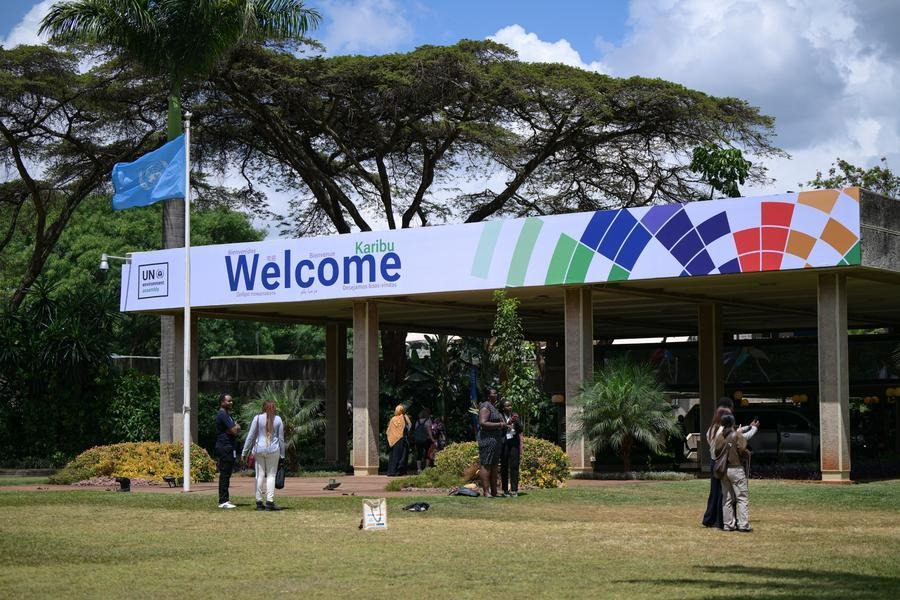Two large-scale palace relics discovered in China
Xinhua | Updated: 2019-10-12 16:47

HOHHOT - Chinese archaeologists have discovered two large-scale palace relics in northern China's Inner Mongolia autonomous region.
The palace relics were found in the millennium-old ruins of the capital city of the Liao Dynasty (916-1125) by archaeologists with the Chinese Academy of Social Sciences (CASS) and regional institute of cultural relics and archaeology of Inner Mongolia.
The first relic is a pavilion-style building built on a well-preserved two-meter-tall rammed earth platform with a side length of 51 meters. Covering about 1,100 square meters, the building is the largest palace relic found in the ancient Liao capital to date.
During the Jin Dynasty (1115-1234), the building was destroyed and a smaller one was later built on its foundation.
The other relic is a rectangular courtyard surrounded by cloisters on all four sides. With its gate opened in the middle of the east wall and the main hall located in the middle of the western end, the courtyard bore typical characteristics of Liao Dynasty constructions.
Dong Xinlin, an archaeologist with the CASS, said that the discovery of the two large palace relics provides important information for the study of the layout of the capital of the Liao Dynasty.
During the excavation, archaeologists also unearthed a large number of cultural relics from the Liao and Jin dynasties, including precious stone Buddha statues, architectural components, iron knives and porcelain.
























